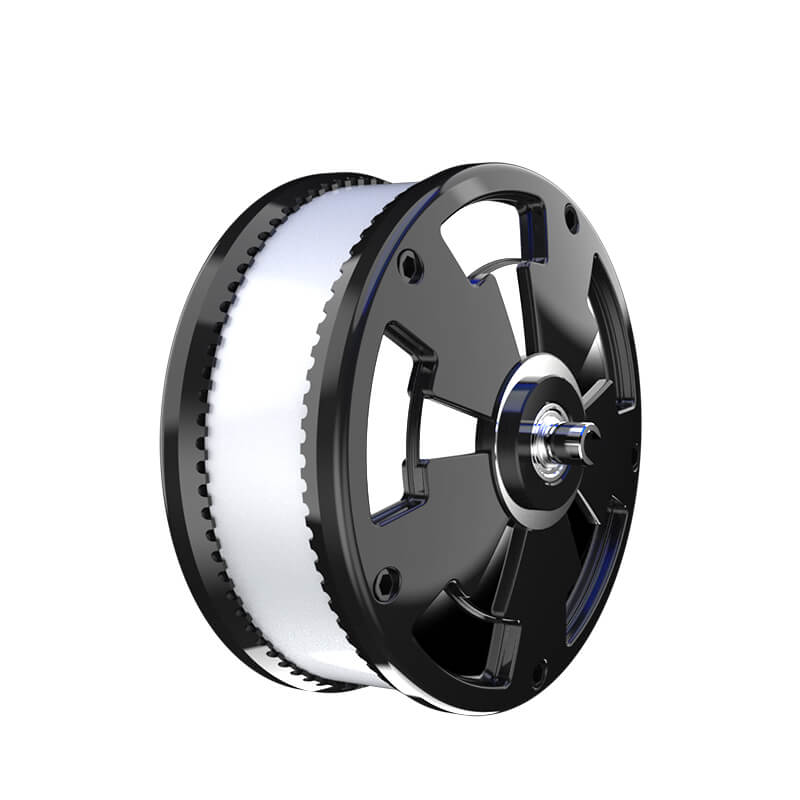Introduction: The Fascination of Servo Motors and Arduino
Imagine a world where your robot moves with both precision and grace, responding seamlessly to your commands. The magic behind such smooth, controlled movements often lies within servo motors—tiny yet powerful devices that bring mechanical dreams to reality. Whether you're building a robotic arm, an automated camera slider, or a custom drone, servo motors play a critical role in translating electronic signals into precise movement.

But controlling a servo motor isn't just about turning it on or off; it's about finesse—modulating speed, position, and torque to create fluid and natural motions. That’s where Arduino, the beloved open-source microcontroller platform, steps in. Its simplicity and versatility make it accessible to beginners and a powerful toolkit for seasoned engineers.
Understanding Servo Motors
Servo motors differ from regular DC motors in that they incorporate feedback systems and control circuitry, allowing exact control over angular position. These are commonly classified as "position control" motors, capable of rotating to a specific position within a limited range, typically 0 to 180 degrees.
A standard servo motor communicates with a controlling device via Pulse Width Modulation (PWM). The length of the pulse sent to the servo determines its position; varying pulse widths enables precise angle adjustments. What's fascinating is that many servos can also adjust their speed—though controlling speed directly requires a bit of finesse, especially with standard servos primarily designed for position control.
Why Controlling Speed Matters
While most simple hobby servos are designed to move quickly to a specified position, sometimes in projects, you need to control how fast they reach that position. For example, a robotic arm might need to move smoothly, avoiding jerky motions that could damage delicate parts, or a camera slider may require slow, steady movement for professional footage.
Managing speed involves more than just sending commands—it's about controlling the rate at which the servo transitions from one position to another over time. Achieving this requires a deeper understanding of how to programmatically manipulate the PWM signals or utilize specialized servos/modulation techniques that support speed regulation.
Getting Started with Arduino and Servos
To begin your journey into servo speed control, you'll need:
An Arduino board (like Arduino UNO) A servo motor (standard or digital, depending on your project) Power supply suitable for your servo Connecting wires and a breadboard
The basic setup involves connecting the servo's control wire to a PWM-capable digital pin on the Arduino, powering the servo through an appropriate power source, and grounding everything properly. Once wired, the real magic begins with code.
A First Look at Arduino Code for Servos
Arduino's official Servo library makes controlling servo motors straightforward. With a few lines of code, you can set servo positions and experiment with different speeds.
Here's a simple example to make a servo move to 90°, then back to 0°, with a fixed delay:
#include Servo myServo; void setup() { myServo.attach(9); // Attach servo to digital pin 9 } void loop() { myServo.write(90); // Move to 90 degrees delay(1000); // Wait for 1 second myServo.write(0); // Move to 0 degrees delay(1000); }
This basic code moves the servo at its default speed, which is usually quite fast. To control the speed, you'll need to modulate how quickly you send position commands—introducing gradual changes over time.
Simulating Speed Control
Since standard servos don't accept speed commands directly, you can simulate speed control by writing intermediate positions with small delays. For example, if you want the servo to move slowly to a position, divide the movement into smaller steps:
void moveServoSlowly(Servo &servo, int startPos, int endPos, int stepDelay) { if (startPos < endPos) { for(int pos = startPos; pos <= endPos; pos++) { servo.write(pos); delay(stepDelay); } } else { for(int pos = startPos; pos >= endPos; pos--) { servo.write(pos); delay(stepDelay); } } }
Calling this function with small delays makes the servo appear to move slowly, giving you rudimentary speed control.
The Limitations and Advanced Techniques
While the method above works for basic projects, controlling the actual speed of servo motors precisely and smoothly requires more advanced approaches. Some modern servo models support dedicated speed control. For standard servos, you must rely on software techniques—gradual incremental position changes.
You might also explore:
Using Digital Servos: Some digital servos allow direct speed commands via special signals. PWM Frequency Adjustment: Experimenting with PWM frequency and pulse widths for finer control, although this can be complex. Closed-Loop Control Systems: Incorporating sensors like encoders for real-time feedback to achieve precise speed regulation.
Expanding Your Project
Once you've grasped the basics, you can start integrating sensors and more complex control algorithms. For example:
Using potentiometers to manually adjust speed dynamically Programming timed movements for automation tasks Combining servo control with gyroscopes or accelerometers for stabilization
Your imagination is the limit, and understanding how to control speed effectively opens doors to creating smooth, responsive robotic systems.
This concludes Part 1 of our deep dive into servo motor speed control with Arduino. Next, we'll explore more advanced coding techniques, practical project examples, troubleshooting tips, and how to optimize your setups for real-world applications. Stay tuned to elevate your projects from functional to fabulous!
Established in 2005, Kpower has been dedicated to a professional compact motion unit manufacturer, headquartered in Dongguan, Guangdong Province, China.




































